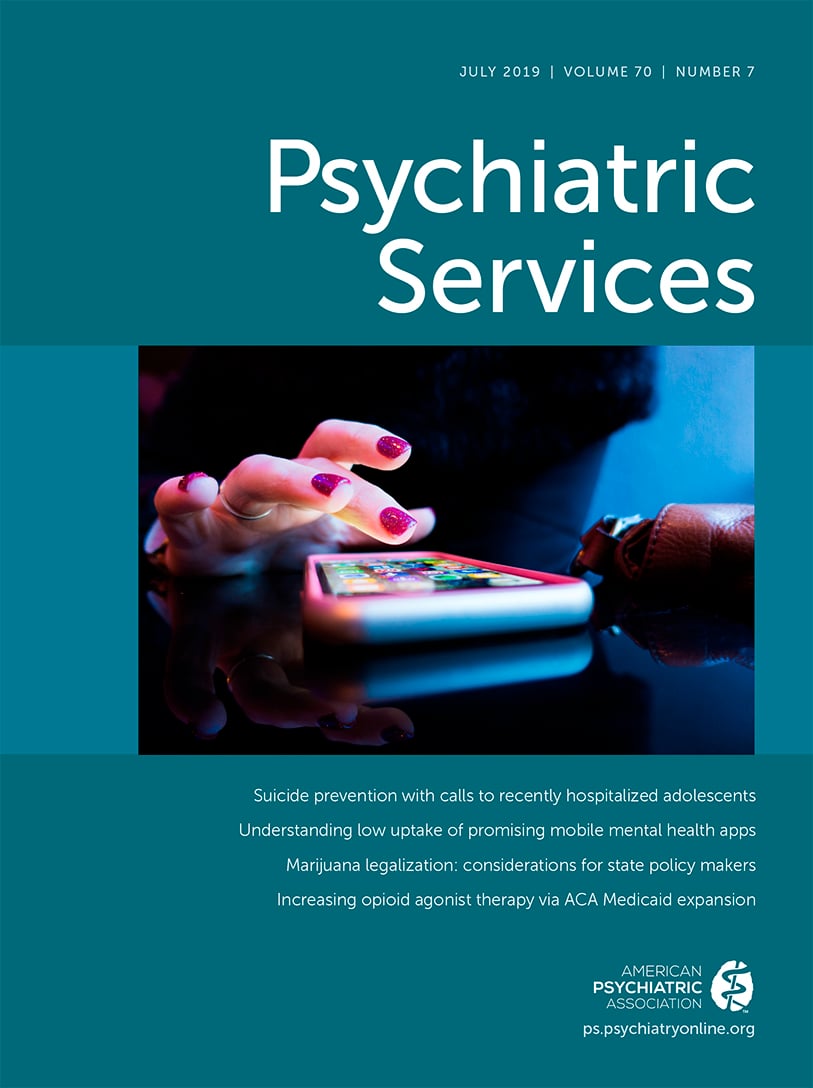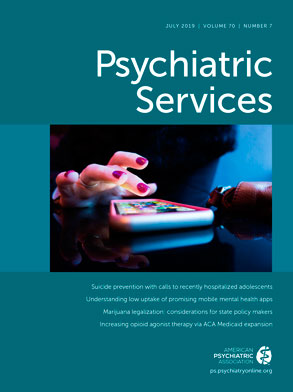Year 1.
Inherent in any partnership is an understanding of the partners. Our partnering public school was a Title 1 community school serving a population with low socioeconomic status and a large number of immigrants in the Midwest. In accordance with the Coalition for Community Schools’ philosophy, the school was founded with the purpose of creating a well-resourced environment where children and families feel comfortable, safe, valued, and connected (
5). The school was opened in 2006 to be a hub for the community, and since that time, well-established partnerships have been formed with a variety of organizations. These partnerships support and promote the school’s focus on providing access to high-quality academic enrichment opportunities for all students, basic resources for families and community members in need, and dynamic opportunities for community growth. Just a few of the partnerships at the school are a community garden, clothing closet, on-site behavioral health support, and more than 40 academic after-school programs available to families at no cost.
Initial talks with the child psychiatry team and school-based partners helped clarify existing sources of emotional and behavioral health support within the school. School-based therapy was providing several students with access to care, and the school principal met with school-based therapists on a monthly basis to understand the needs of children receiving services. However, it was not clear how often therapists were talking with families or the individual teachers caring for these children. Additional support offered social skills groups to children in the school setting. A universal social and emotional learning curriculum was in place, although caregivers noted that they were not informed of the language used to talk about emotional health in the classroom (e.g., “brain breaks”). Despite this intentional tiered support, teachers indicated challenging behaviors in the classroom and expressed a desire for further support with children struggling with emotional and behavioral challenges.
In addition, the elementary school had an on-site family medicine clinic. Students and their families, as well as other residents of the surrounding area, could access the school-based clinic. The clinic offered some pharmacological care and referral in the treatment of attention-deficit hyperactivity disorder, anxiety, and depression.
The placement of an onsite child and adolescent psychiatrist in year 1 provided direct face-to-face evaluation and treatment and primary care consultation. The partnership with child psychiatry reduced barriers, such as transportation and stigma, that are frequently encountered in traditional behavioral health settings. The child psychiatrist was available for a half-day clinic every week. Initial concerns about “opening the floodgates” were not borne out; rather, much education was needed to ensure the school district and families were aware of the child psychiatry services.
To inform the school community of the child and adolescent psychiatry clinic, our child psychiatrist and the community school coordinator met with district school counselors and staff. This outreach was necessary to ensure use of psychiatric services. Year 1 of the partnership between the psychiatrist and the school faculty afforded many opportunities for the psychiatrist, families, and school staff to build trusting relationships. As the teachers and psychiatrist worked together with greater frequency, teachers and administrative staff were more likely to recommend the clinic’s services to families seeking psychiatric or medical care. Several students who initially sought mental health services through the school-based clinic established their primary medical home with the clinic as well.
As care continued for students at our school-based clinic, the awareness and importance of boundaries became apparent. Consent was obtained at each new patient evaluation, and all parents gave consent for the psychiatry team to talk with the school. This proximity to school personnel was a benefit to care in that it allowed streamlined access to rating scales (e.g., Vanderbilt Scale for attention-deficit hyperactivity disorder), direct conversations with teachers, and direct observation of children in the classroom setting. On several occasions this direct observation provided a better understanding of the child’s difficulties in school and aided in diagnostic clarity.
When the school was aware that a student had an appointment, school personnel would contact the clinic psychiatrist directly to relay any ongoing issues. Although well intentioned, this direct communication was occasionally challenging, because parents would report that they had not yet heard of the problematic behavior from the school. Efforts were made to encourage school personnel to discuss issues with the parents directly, prior to a conversation with the treatment team. These encounters were an opportunity for growth and support within the scope of our work.
Although this integrated model was important, it did not fully address the needs of students and teachers. Medication and therapy can be tremendously helpful for students with emotional and behavioral needs; however, classroom strategies, parent guidance, and teacher mental health education play a vital role in the ongoing success of students. This was the second element of the school mental health consultation model, which consisted of consultative and collaborative work with teachers, administrators, parents, mental health providers, and primary care providers. As stated above, our school had existing tiered mental health supports in place. This support was provided by an evidence-based universal curriculum and by outside agencies. The universal social and emotional learning curriculum (tier 1) provided teachers with tools to support social and emotional learning for all children in the classroom. Children needing additional support were offered tier 2 (targeted group) or tier 3 (intensive individual) support. However, not every child in need of services received them, and some students receiving services continued to struggle in the classroom.
Year 2.
In the second year of our partnership, two child psychiatry fellows joined the team. The psychiatry team (attending child psychiatrist and two child psychiatry fellows) and school administrative team (principal, assistant principal, and community school coordinator) continued to build relationships, specifically between the clinicians and school staff. In response to a needs assessment administered by the psychiatry team, teachers expressed a desire for information on how to support students with attention-deficit hyperactivity disorder, defiance, and aggression. Consultation sessions were offered for teachers to both learn about specific topics and discuss behavioral concerns. This provided a training opportunity for our child and adolescent psychiatry fellows, who participated in professional development with the elementary teachers.
This consultative experience was eye-opening for the child fellows, who were able to have an open dialogue with teachers regarding the emotional strain of their jobs. Teachers reflected on difficult situations, including students with oppositional and defiant behavior, those with peer conflicts, those who displayed anxiety and anger, and those from traumatic and chaotic home lives. Fellows recounted that novice teachers seemed most vulnerable to the emotional stress of handling these problems. The team found that even though teachers often expressed wanting to be provided with concrete steps that they could take to “fix” the problem, as a group we spent more time processing the teachers’ emotional experiences while providing support and validation.
On the basis of the concerns brought forward by the teachers, the psychiatry team began to include mindfulness exercises during our shared time with the teachers. These exercises were included to ground the teachers as we discussed the impact of traumatic stress experienced in the classroom. We also hoped that after engaging in mindfulness exercises, teachers would begin to incorporate mindfulness into their daily lives. Although the school administrative team was excited about providing this consultation time for teachers to work with the psychiatry team, scheduling and communication barriers presented challenges. Because of their clinical responsibilities, the psychiatry team was limited in terms of when they could provide consultation time to teachers. The child fellows devoted Thursday mornings exclusively to school-based mental health learning opportunities. During this time, they performed classroom observations and attended individualized education program meetings. However, the intervention changed over time, and fellows began to use this previously “protected” time to provide professional development for teachers.
Designating time in the school day for entire teams of teachers to meet without compromising instructional time was the first and biggest challenge for the school leadership team. The administrative team collaborated to create a schedule, rotating specialist teachers into grade-level classrooms, so that teams of teachers could attend the meetings together. This time was a valuable experience for the teacher teams, who are not often afforded moments in the school day to connect and discuss topics related to their classrooms and behavioral health.
Recognizing the importance of staff buy-in to the success of the consultation sessions, the school administrative team’s communication about the meetings was consistently positive. The principal highlighted the benefits of attending the meetings and sent follow-up reminders of times and locations. Teacher feedback after the first consultation session was positive. Teachers shared with the administrative team that they felt that the consultations not only were supportive of their mental well-being but also contributed to positive interactions among teaching teams and other staff members. After receiving this feedback, a second consultation session was scheduled for teachers who had missed the first opportunity to participate. Attendance at these consultations was overwhelming—most faculty and staff attended the meetings.
Year 3.
By our third year of partnership, we were discussing districtwide implementation of our intervention. Our time working with teachers and administrators made several things clear:
•
Teachers needed their own space for emotional support.
•
Teachers valued training on trauma-informed care.
•
Time was a valuable commodity for teachers.
In the spring of our second year, as we began planning for year 3, we started discussions with district and school leadership to provide ongoing supports for educators. Our previous year’s collaboration was essential in district-level talks. Recognizing that finding a time for all teaching staff to meet would likely be a significant challenge, we addressed this issue first. The district was open to implementing the proposed course during two professional learning community (PLC) times, which were held early on Friday mornings. The school start time on Fridays was delayed by 30 minutes for students so that teachers could meet for 50 minutes. This time slot was ideal for our regular meetings; however, the district leadership expressed worry that teachers would not have sufficient time to meet for planning throughout the month. They proposed that instead of using all four PLC times each month at one school, the staff meetings could be scheduled every other week at two alternating schools in the district. Everyone was amenable to this plan, and we moved forward with implementing the bimonthly meetings (“mindfulness meetings”) at two schools. An important part of establishing our partnership was completing a master memorandum of understanding between the school district and the research team.
Expanding on our experience from previous years, we offered to teachers throughout the academic year a professional development course that incorporated elements of the ARC treatment model (attachment, regulation, and competencies) and activities to support stress management through mindfulness exercises (
6). Mindfulness principles covered during sessions included practices in seated meditation, walking meditation, mindful eating, yoga, and a body scan.
With district support, we embarked on a feasibility study to assess the capacity for districtwide implementation. Although our involvement was well received by our participating educators, it was not without challenges. Toward the middle of our intervention, our lead team member changed job placements, and additional approval from the school board was needed to continue our intervention. This unexpectedly contributed to a hiatus in our meetings. When our meetings were resumed, a statewide teacher walk-out led to an unanticipated early conclusion of our intervention, because schools needed to make up academic time missed during the two-week walk-out. However, throughout our time together, teachers consistently reported their appreciation of the program.

